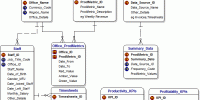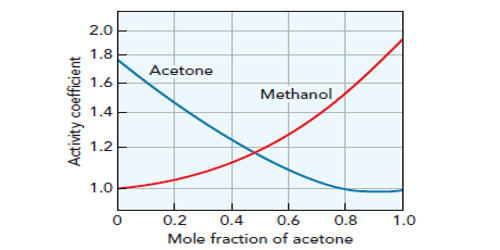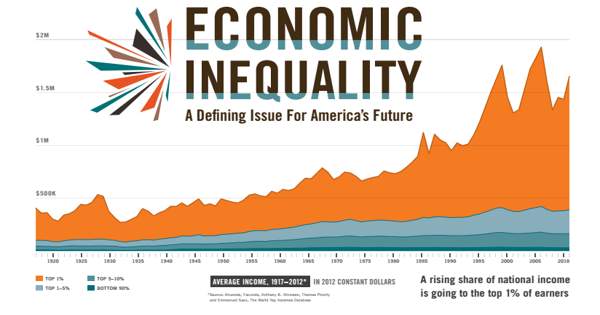A portfolio manager (PM) is a professional who makes financial decisions and manages investments on behalf of vested people or organizations. A portfolio manager is the person or group of persons in charge of investing the assets of a mutual, exchange-traded, or closed-end fund, implementing its investment strategy, and overseeing day-to-day portfolio trading. The portfolio manager has become one of the most sought-after jobs in the financial services sector in recent years.
Portfolio managers are classified as either individual or institutional, depending on the sort of customer they serve. Both types of portfolio managers work to ensure that their clients’ earnings targets are met. The investors put their money into the PM’s investment program in order to create a retirement fund, endowment fund, education fund, or other funds in the future. PMs are in charge of creating an investment strategy, choosing appropriate assets, and appropriately allocating each investment to an investment fund or asset management vehicle with the help of a team of analysts and researchers.
Because they handle greater sums of money for fewer customers, portfolio managers vary from mass-market or retail investment managers. As a result, management costs are frequently reduced. When it comes to funding investing, a portfolio manager is one of the most crucial aspects to consider. Portfolio management can be active or passive, and history shows that only a small percentage of active fund managers regularly outperform the market.

The investment philosophy that a manager utilizes in their endeavors to build value is referred to as the style of investing (e.g., beat the market benchmark return). An investment manager’s objective is to generate a higher return than the risk he or she is taking. Investors can track this return via weekly, monthly, quarterly, or annual performance reports, which are disclosed by the PM. The management can use an index to track their investing strategy or build up a performance benchmark.
The portfolio manager of the fund will have a direct impact on the fund’s total results. As a result, portfolio managers have often seasoned investors, brokers, or traders with strong financial management credentials and a track record of long-term success. Portfolio managers have a fiduciary obligation to act in their customers’ best interests with care, honesty, and good faith. As a result, investment decisions must be objective and free of bias. As a result, portfolio managers have a higher degree of trust.
The manager’s investment policy lays out the specifics, including minimum investment requirements, liquidity provisions, investment strategy, and markets in which the management would actively participate. Individual clients usually have smaller investments with shorter time horizons. Institutional clients, on the other hand, usually invest bigger sums and have longer investment horizons.
Managers engage with each customer throughout this stage to establish their target return and risk appetite or tolerance. A manager’s investing strategy mimics a certain market index if they use a passive approach. It’s critical to use that market index as a benchmark since investors should anticipate to see similar long-term returns. Securities legislation necessitates the greatest degree of education and expertise in the investing sector for fiduciaries.
Portfolio managers are compensated as a proportion of the assets they manage. This charge is clear, and it is typically considerably lower than retail management and distribution costs, which are frequently included in the cost of doing business. Tactical Asset Allocation (TAA) or Insured Asset Allocation (IAA) can be used by a portfolio manager, but not both at the same time, because the two techniques reflect different investing philosophies. Internal buy-side analysts and sell-side analysts from investment banks provide investment recommendations to portfolio managers. It is their responsibility to go through pertinent data and apply their judgment when buying and selling stocks.
For further information on an active fund’s investing strategy, potential investors should look at the marketing materials. The final responsibility for creating an investment strategy, choosing appropriate investments, and correctly allocating each investment for a fund or asset-management vehicle falls to a team of analysts and researchers. Furthermore, the manner in which a portfolio manager conducts research is critical. Active managers whittle down a list of thousands of firms to just a few hundred.
Information Sources:
















